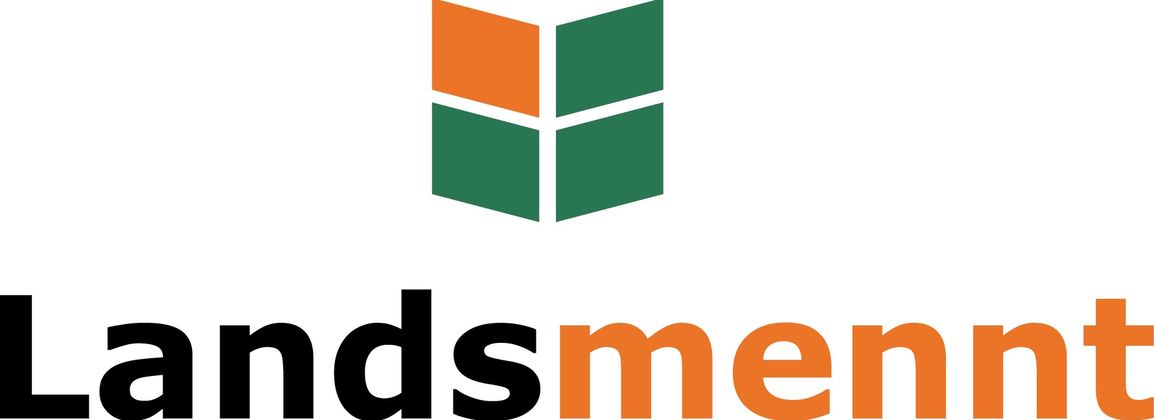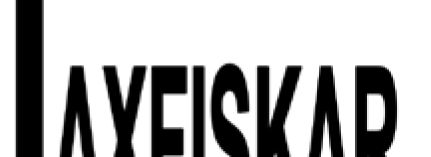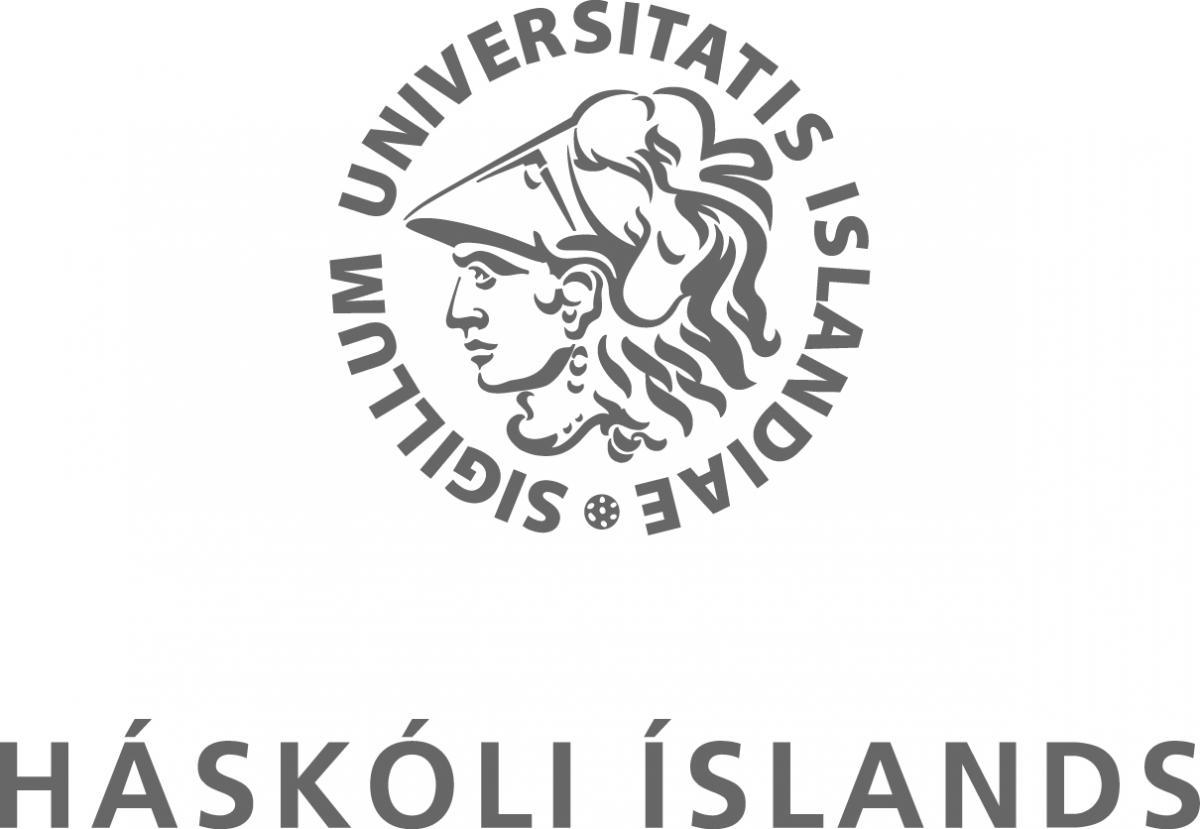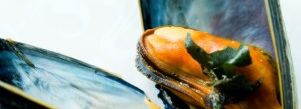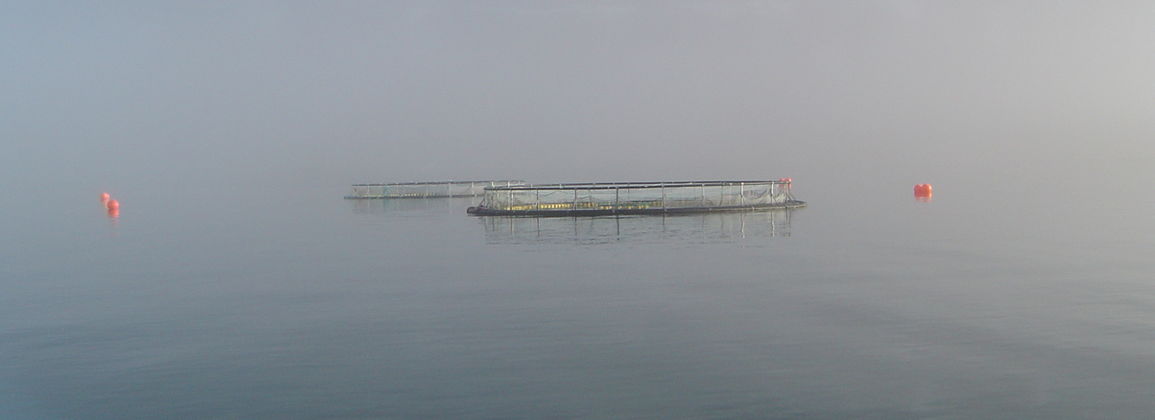The main problems with the use of marlin in fillets have been related to its stability and other quality factors. With improved marrow properties and stability for injection, it is a more promising option as a raw material in various products leading to its added value.
This involves both improved utilization of by-products and improved utilization of products. When injecting into fillets, the marlin has become part of a more expensive product and the export value is therefore more compared to the export value of the marlin.
The aim of the project "Membrane blasting" was to develop a new production method for a blending mixture for injection into fish products based on leveling (membrane blasting), but the project is now complete. The process developed is successful in terms of stability, water resistance, appearance and sprayability of the mixture. The effects on micro-organisms varied according to the raw materials and processes used, but they were not noticeable in all cases. If the pressure is sufficient, however, the number of microorganisms can be reduced. The benefits of injecting fish products lie in the increased utilization and quality of injected products that can yield significant benefits at minimal cost. Injected products were more sensitive to freezing than cooling in terms of weight loss after injection. However, the risk with chilled products is always that the shelf life is reduced as microorganisms spread easily around the muscle by injection.
The benefit of this production method is not only the increased utilization of fish products for injection. The value of the marlin also increases significantly just by becoming part of a more valuable product such as fillets or fillet pieces.
The project was funded by AVS and Tækniþróunarsjóður. Partners were Matís ohf, Síldarvinnslan hf and Iceprotein hf.
List of project results, as well as reports, articles and manuscripts.
Process for handling marlin for injection into fillets.
Part of Magnea G. Arnþórsdóttir's master's project in Food Science at the University of Iceland.
Zhao Qiancheng's final project at the United Nations Fisheries Academy.
Reports
Zhao Qiancheng. 2009. Effects of salt and protein injection on yield and quality changes during storage of chilled and frozen saithe fillets. A report of final project submitted to the UNU-Fisheries Training Program in partialfulfillment of the requirements for the specialist line: Quality Management of Fish Handling and processing. In preparation
Kristín Anna Þórarinsdóttir, Magnea G. Arnþórsdóttir, Irek Klonowski, Arnljótur Bjarki Bergsson, Sindri Sigurðsson, Sigurjón Arason. 2009 Alignment - increased quality and improved properties of the marrow. Matís report xx-09. In preparation.
Technical reports
1. Experimental report from pre-experiments: Pre-experiments with leveling of marrow and injection into fillets.
Experimental report in step 1: Development of processes for leveling marrow for injection.
3. Experimental report in activity 2: The effect of fish species and raw material quality on the balancing of marrow.
4. Experimental report in sections 2 (and 3): Experiments with injection of marrow mixtures (I).
5. Experimental report in step 3: Experiments with injection of mortar (II).
6. Experimental report in work step 3: Experiments with injection of marrow mixtures (III).
7. Summary in section 4: Patent patentability process for balancing marrow.


